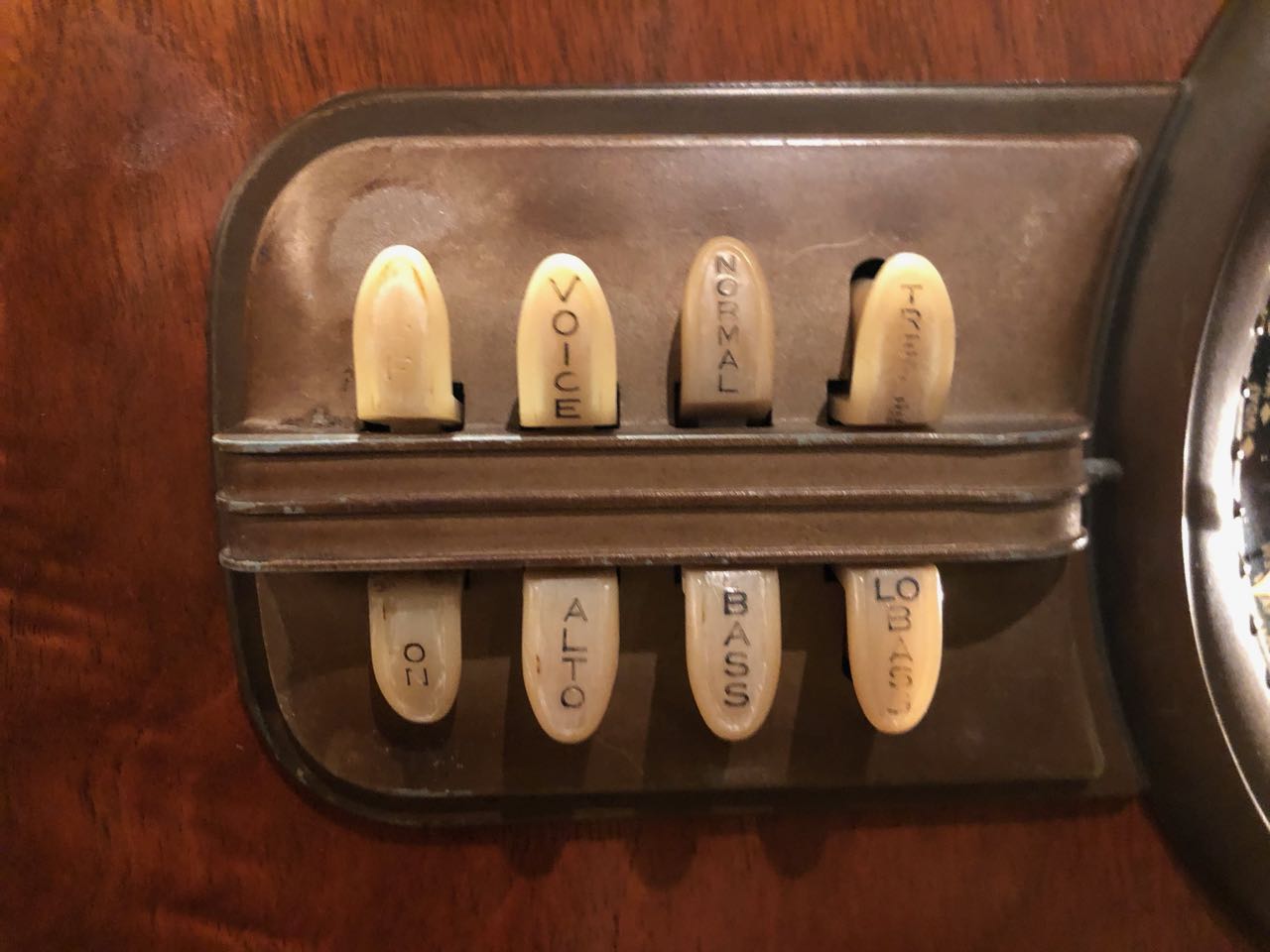
In the direct evaluation, the thermal diffusivity is obtained from the fitting of the phase (and in-phase) and amplitude (and quadrature) of the signal as a function of cavity length. ĭifferent schemes have been used for thermal diffusivity evaluation via the TWC theory, including direct and indirect evaluation. This makes it possible to be used in small volume detection, with a simple arrangement of the TWs generator-detector, and makes the whole system more signified with measurable improvement in signal stability and SNR.

Unlike conventional TWC techniques, the optical-fiber thermal wave cavity (OF-TWC) technique does not require a tube and metal foil. This has been a significant instrumental advance in the field of PPE techniques. The conventional TWC technique has been modified by replacing the metallic foil with an optical fiber which acts to channel light and to generate thermal waves (TWs) at the metalized fiber tip.

The TWC technique is based on the conversion of part of or all of the optical energy into heat by a metallic light absorber, where this process within a metal can give rise to a pyroelectric (PE) signal, by a pyroelectric sensor, polyvinylidene difluoride (PVDF), which is in contact with the sample. The major advantage of cavity length scan is the fixed noise bandwidth of the system that has a high signal-to-noise ratio (SNR) in thermally thick case. The TWC technique allows thermal waves to be detected by cavity length scan, instead of on frequency modulation. In photopyroelectric (PPE) methods, the thermal wave cavity (TWC) technique has been extensively applied for measuring the thermal properties of various types of liquids. The results of this method confirmed that the thermal wavelength measurement method using the OF-TWC technique had potential as a tool to measure the thermal diffusivity of nanofluids with different variables such as the size, shape, and concentration of the nanoparticles. The nanofluids showed that the highest value of thermal diffusivity was achieved for smaller sized nanoparticles. The thermal diffusivity of distilled water, glycerol, and two different types of cooking oil was measured and has an excellent agreement with the reported results in the literature (difference of only 0.3%–2.4%). UV-Vis spectroscopy and transmission electron microscopy were used to measure the characterization of the Ag nanoparticles.

It can be used to estimate thermal diffusivity of a small amount of liquid samples (0.3 ml) in a brief period. Applying the thermal wavelength measurement in a flexible OF-TWC technique requires only two experimental data sets. The spherical Ag nanoparticles samples were prepared at various sizes using the microwave method. The thermal diffusivity was obtained by measuring the thermal wavelength of sample in a cavity scan mode. The application of optical-fiber thermal wave cavity (OF-TWC) technique was investigated to measure the thermal diffusivity of Ag nanofluids.


 0 kommentar(er)
0 kommentar(er)
